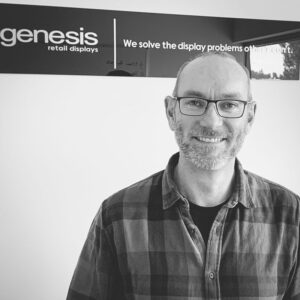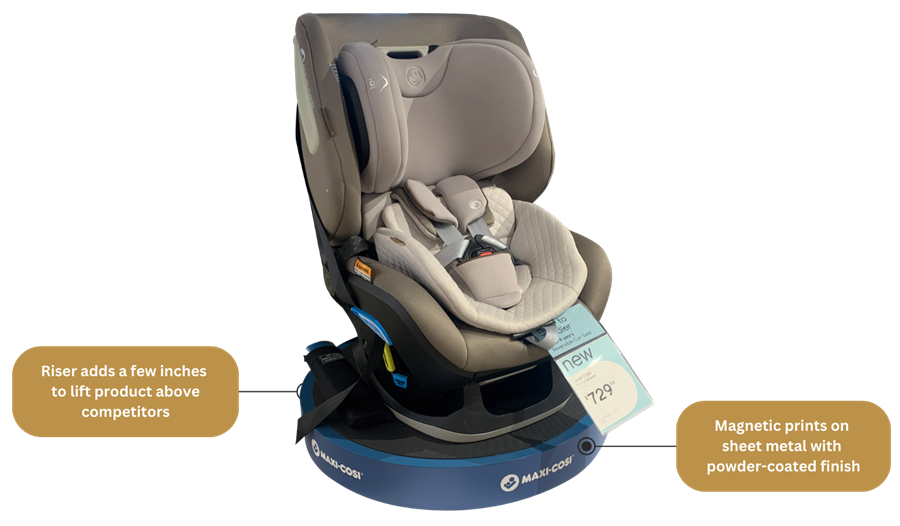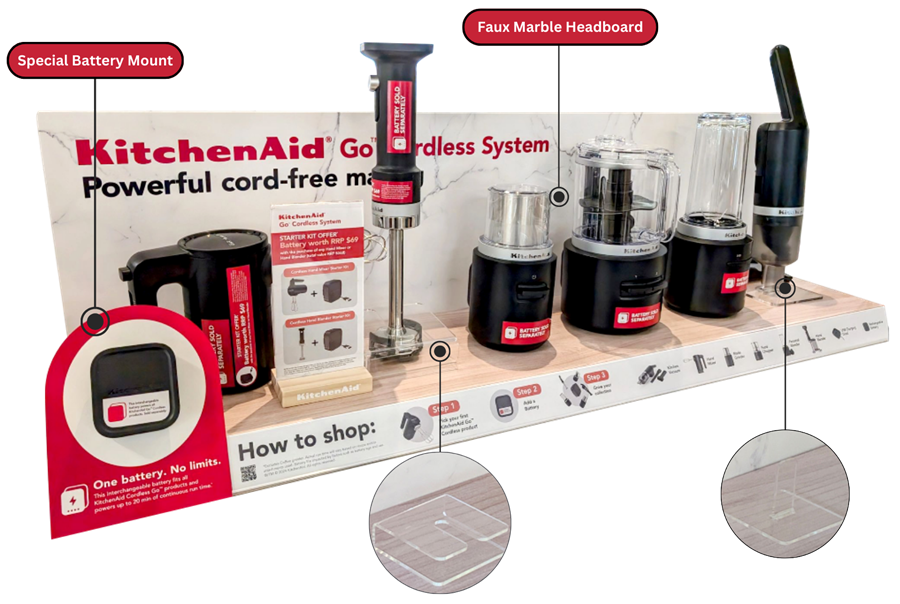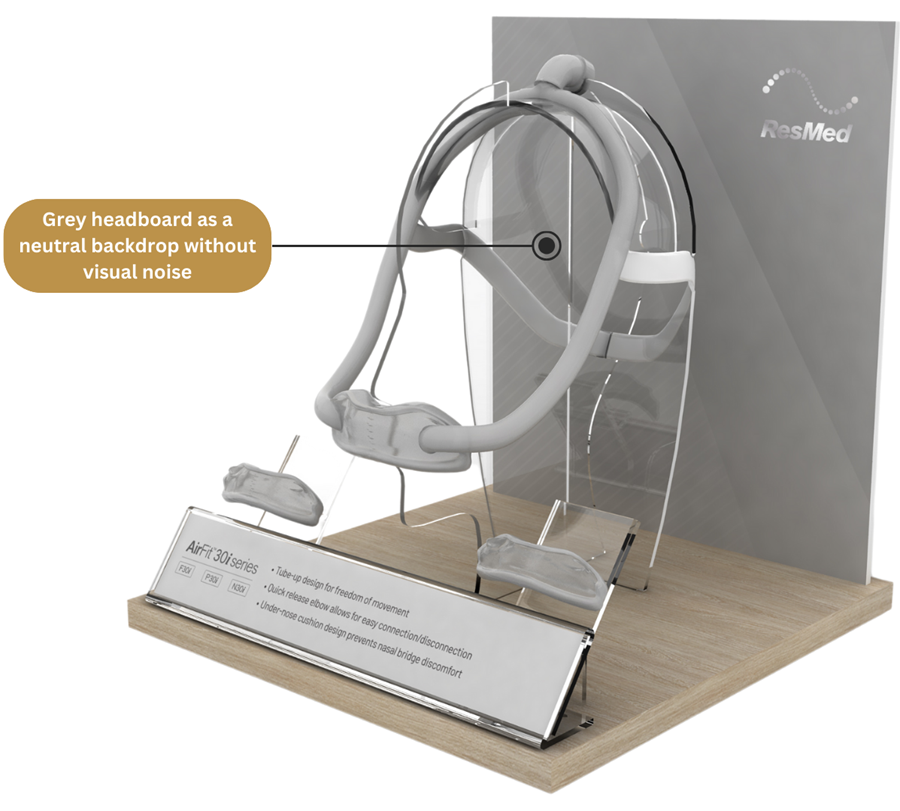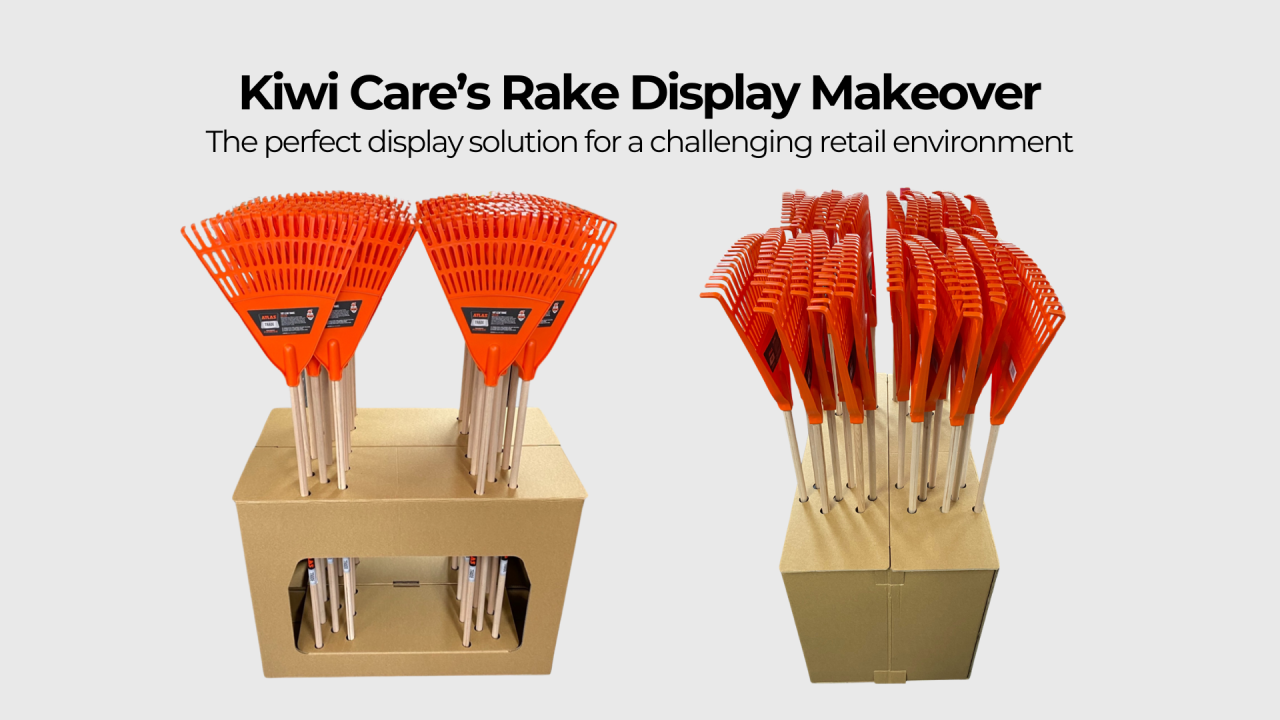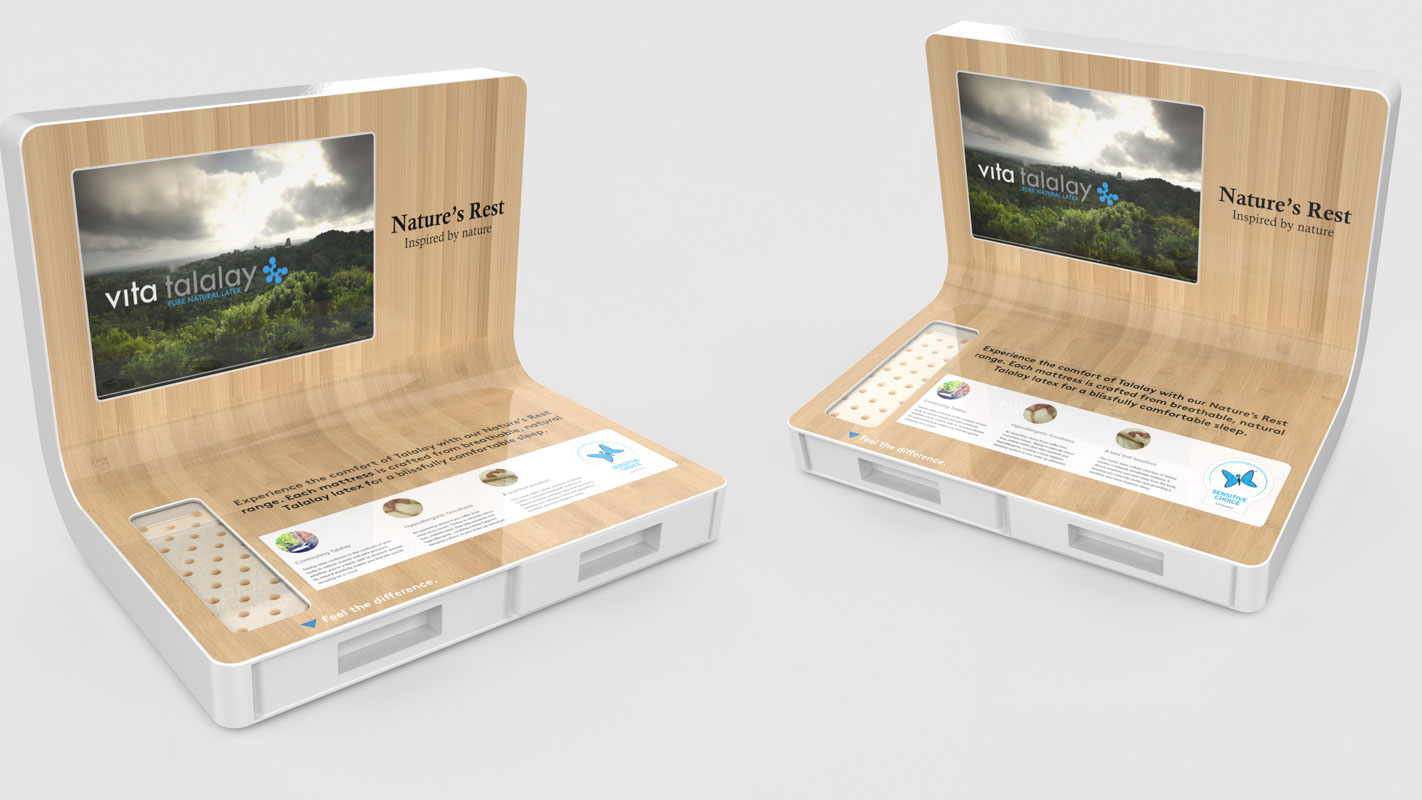
Off location POP display ideas for consumer electrical stores
Point of sale design agency for off location pop in retail stores.
- POP FOR MULTIPLE STORE LOCATIONS
- CUSTOM DESIGNED POP FOR ANY PRODUCT
- POP THAT HAS LIGHT, SOUND OR VIDEO
- HELPS TO INCREASE SHARE OF SHELF
- SUITS LARGE SCALE POP PLACEMENTS
WHAT IS AN OFF LOCATION POP DISPLAY?
An off location pop display is commonly used by brands to get their products placed in different areas of a retail store beyond their product category they belong to. It creates extra opportunities for the brand to be found by shoppers as they move around a store while enabling the brand to ‘own’ how the product is presented vs the stock sitting on a standard retail shelf location.
Genesis Retail Displays is an Australian point of sale design agency that can create off location customer display stands to suit various products shapes and sizes. Our point of sale display stands are used by large brands around Australia across consumer electronics, grocery & other industry sectors to display their products.
An off location pop display could be located around the entry area of a store, near an aisle end, at the checkouts or even as a wall bay feature area.
OFF LOCATION POP DISPLAY IDEAS
Semi permanent displays
Belkin wanted to display their range of consumer electronics products for a long period of time in stores like Harvey Norman and JB Hi Fi. We designed a permanent display stand made out of durable materials to solve this POS brief. They could place it in off location areas around the stores with complimentary hardware items.
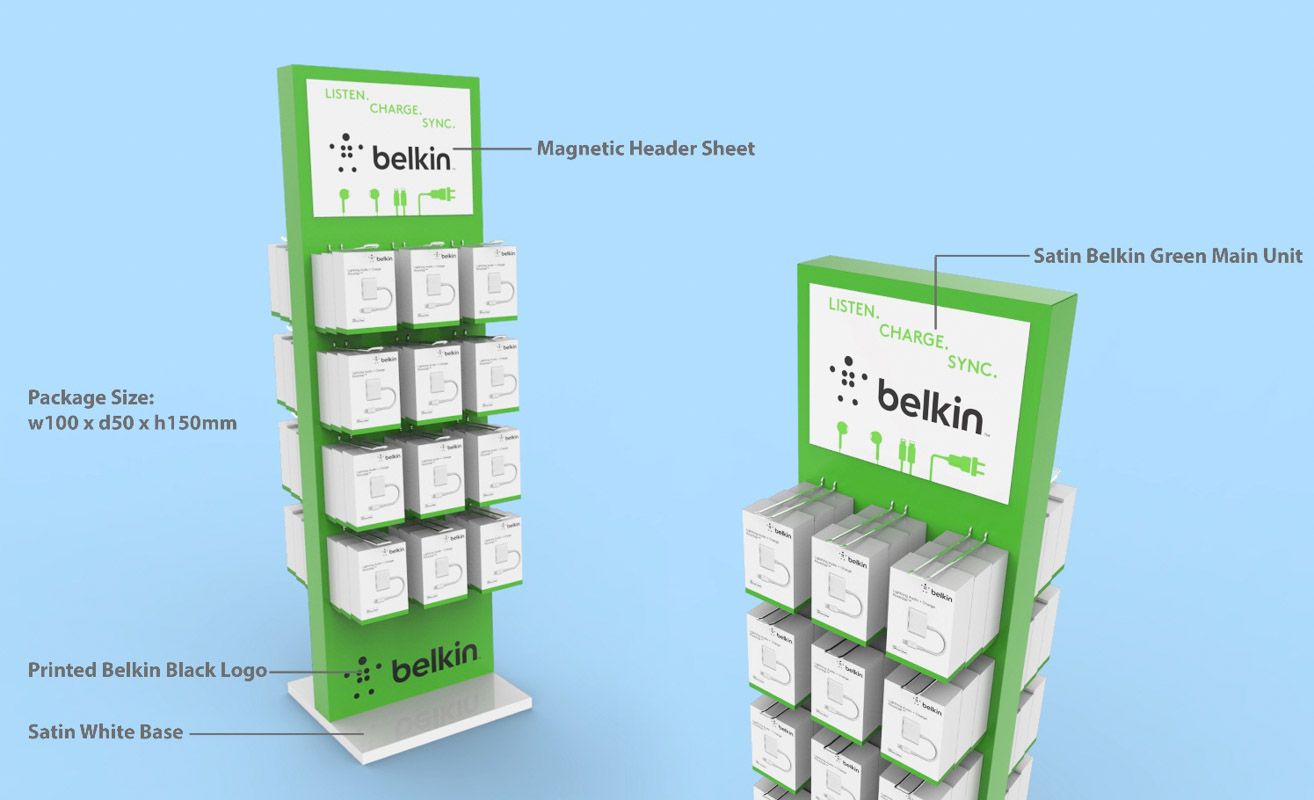
Product static demo stand
Hudway needed a way to put their product on a static demonstration but in off location areas around the store. This sealed unit meant people could see how the product worked and its size made it easy to be placed anywhere.
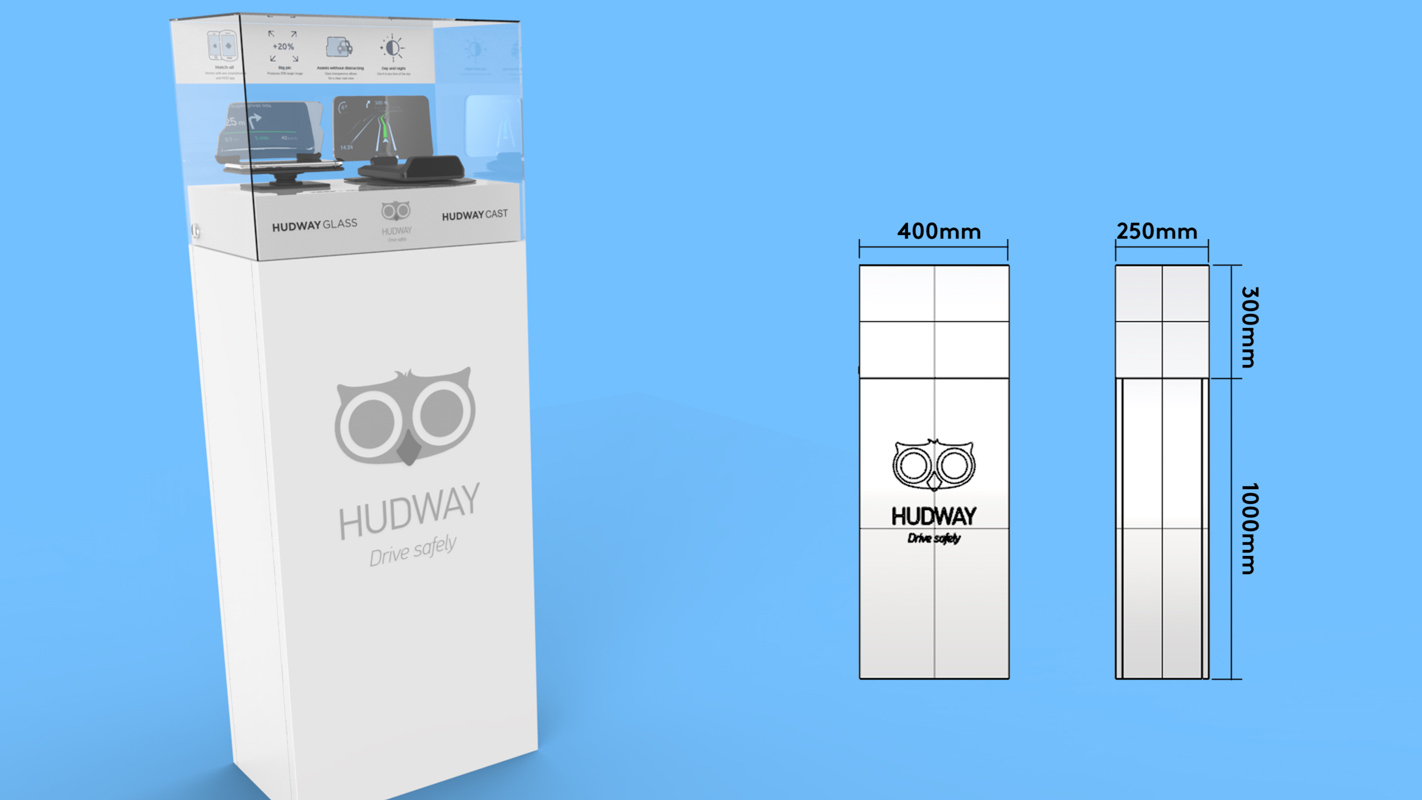
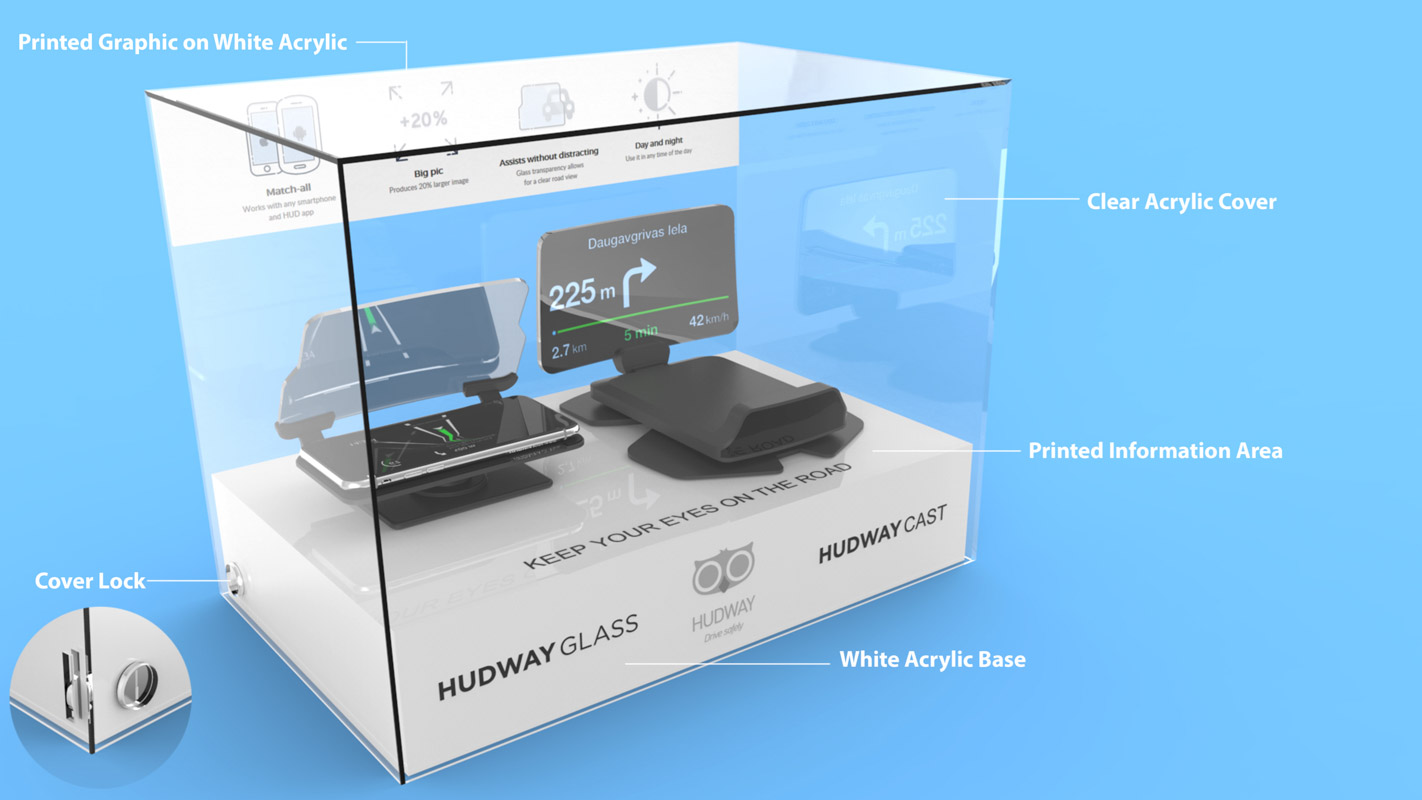
Free standing display unit
In this example Logitech wanted to get their Harmony Universal Remote Controls into many different off location areas around the store, especially where TV’s were sold. So the best way to do this was to create a free standing off location display unit that was easy to move and could be placed anywhere in the store.
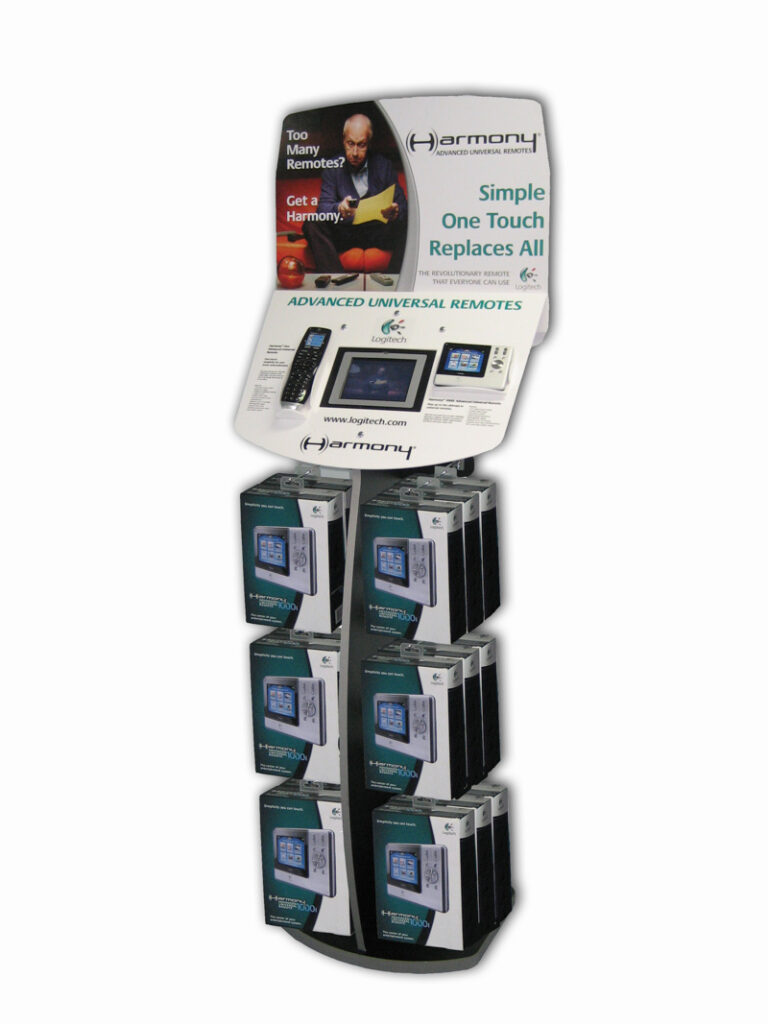
Counter top displays
The most popular off location display area is the checkout or service counter areas. Optus needed a way to promote their new sim cards in consumer electronics retail stores. We helped design this clever counter top display that had a unique shape and drew attention immediately. It was a great solution that could be placed in various locations without being intrusive.
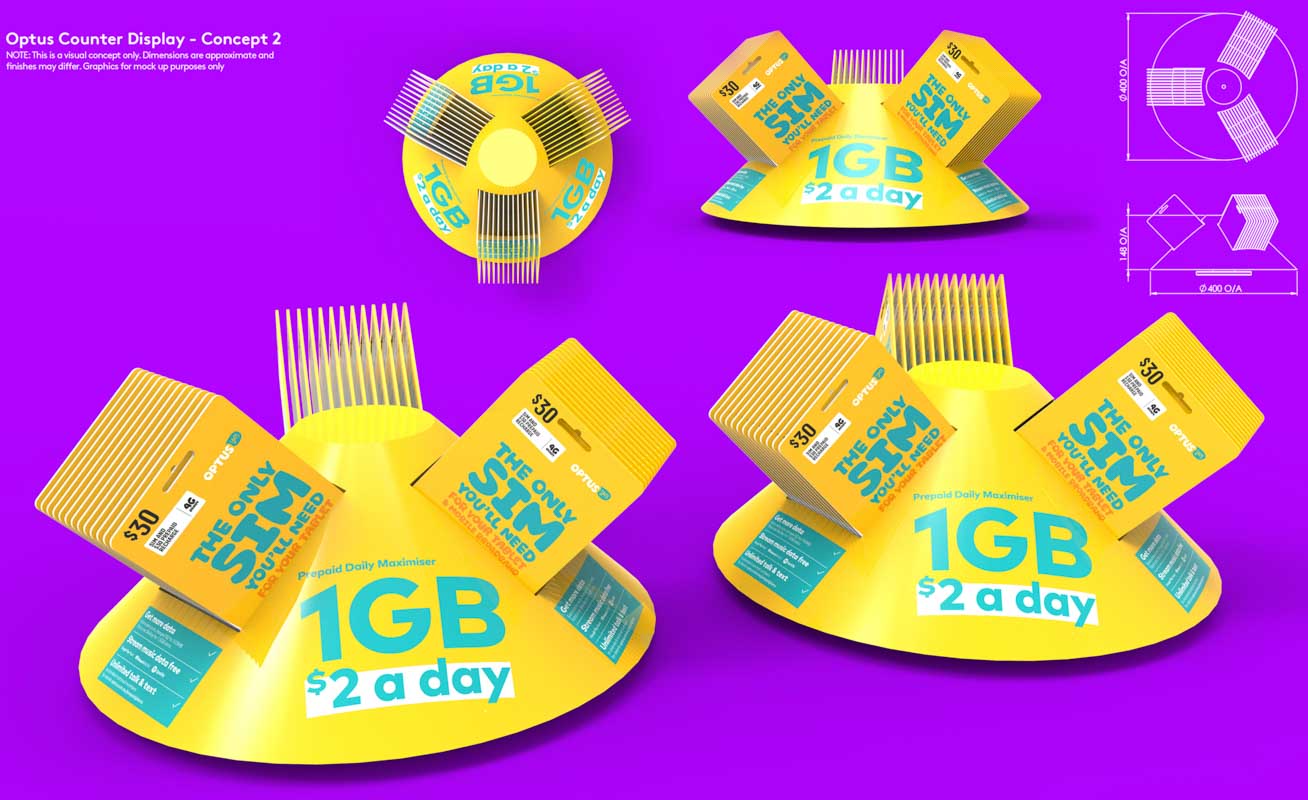
Product experience area
One of the most impactful off location displays you can create for consumer electronics is an entire product experience area. Yes this wouldn’t be they type of POP that is placed in every store but it can be done in ‘hero’ locations or for major cities to enable people to immerse themselves with your brand.
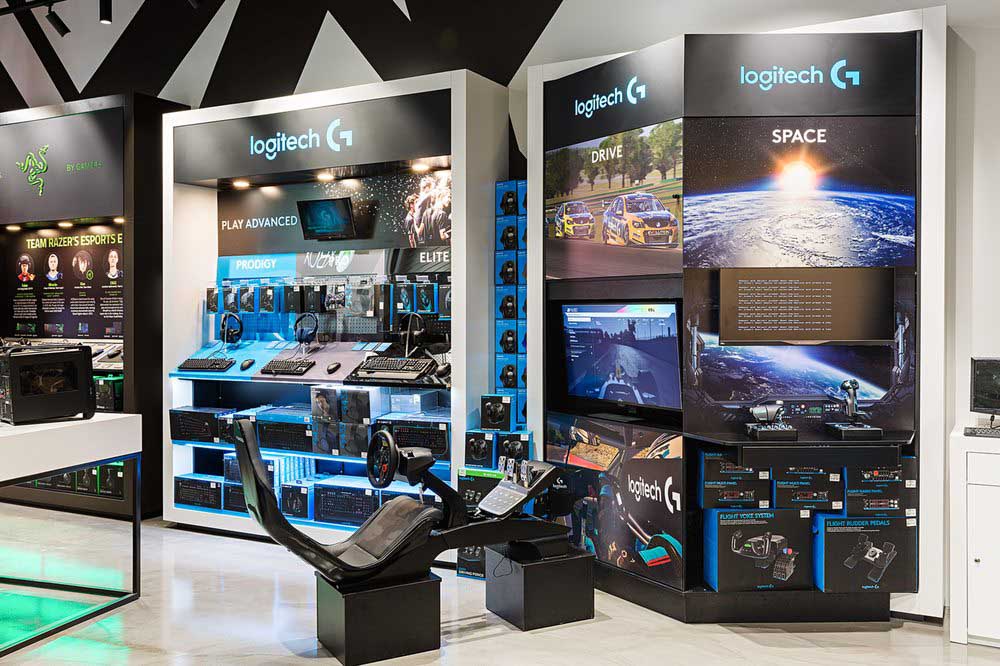
Pallet displays
Typically a consumer electronics store might have pallet displays for bulky goods but sometimes it could be for a smaller item on sale or a new release like a smart home security product. Rather than leave the product static on the shelf we can custom design an off location PDQ or pallet display to sit with the stock to help convert more shoppers.
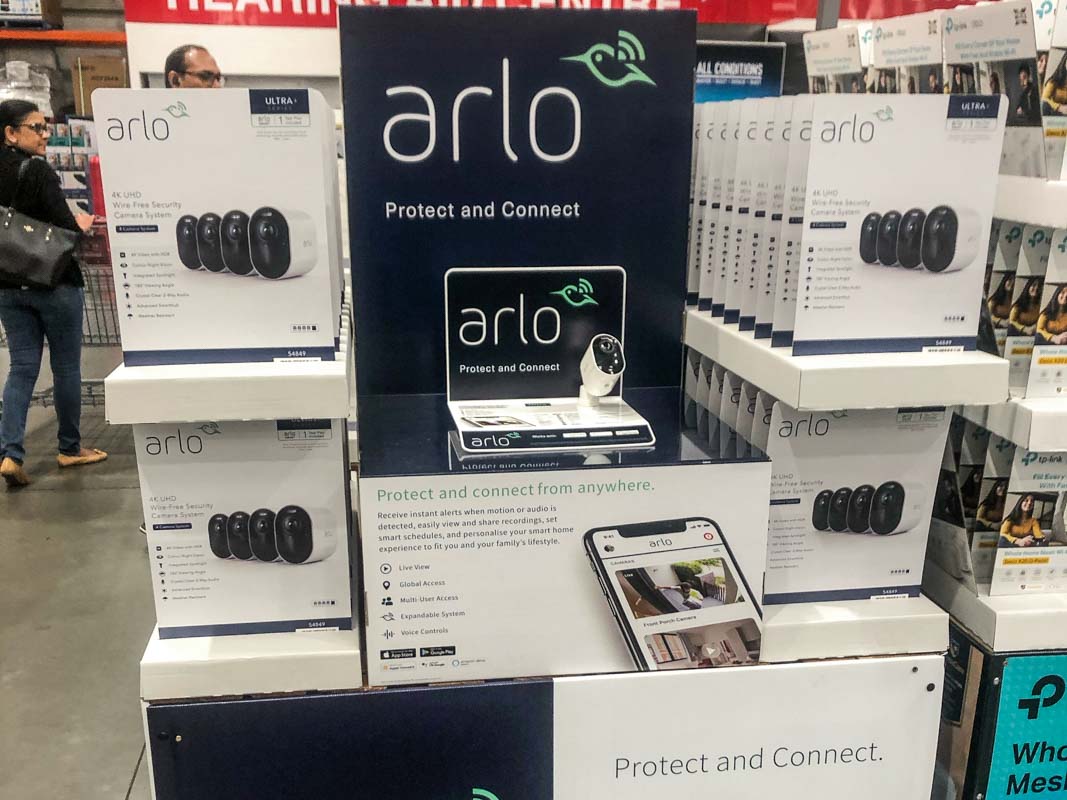
Aisle bay display area
Technically this might not be an off location area but with clever POS design you can make your brand stand out in a consumer electronics store by creating a block of space for your brand. It can utilise the existing planogram area to elevate it from your competitors which can be just as impactful as an extra off location display. We can custom design pieces to either fit over or replace existing shelving.
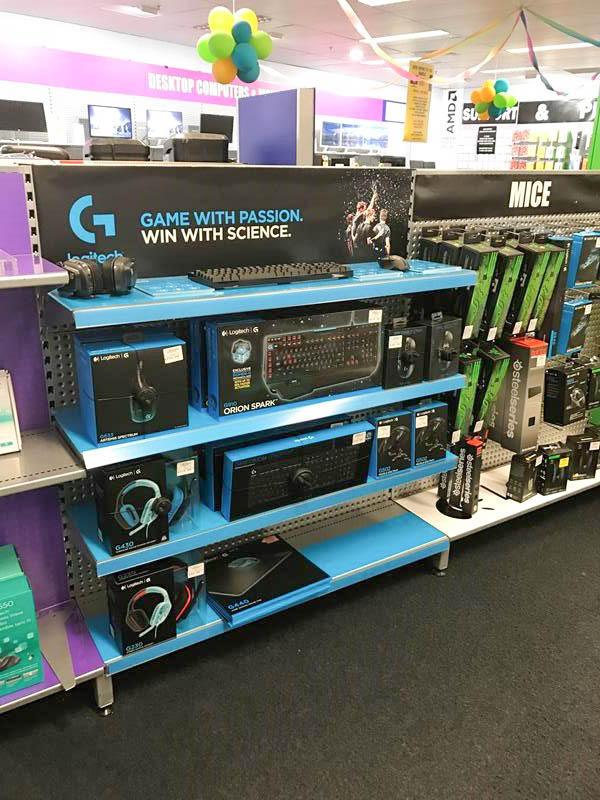
Product wall bay area
Panasonic wanted to have their range of complimentary products blocked together and placed in an off location area of the store near where shoppers entered the store. We designed this unit to sit on the end of the the existing retailer shelving making it easy to get approval to be placed in store.
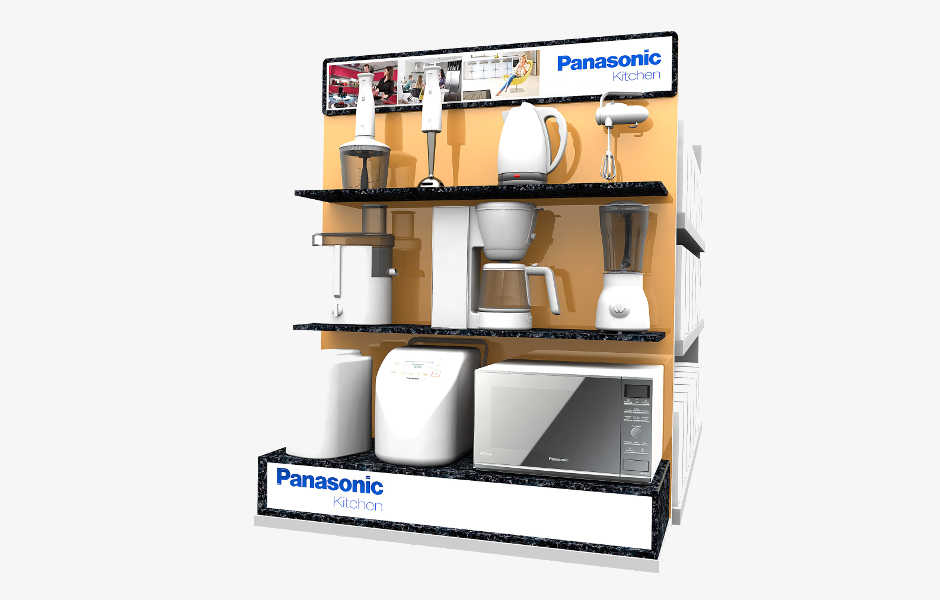
Interactive display stands
Genesis Retail Displays is a point of sale design specialist that can custom make practically any type of POS display. Sony needed to show off their new product and with this interactive display stand we even incorporated video and lighting.
This type of POP display can be placed in off location areas that are created for product demonstrations.
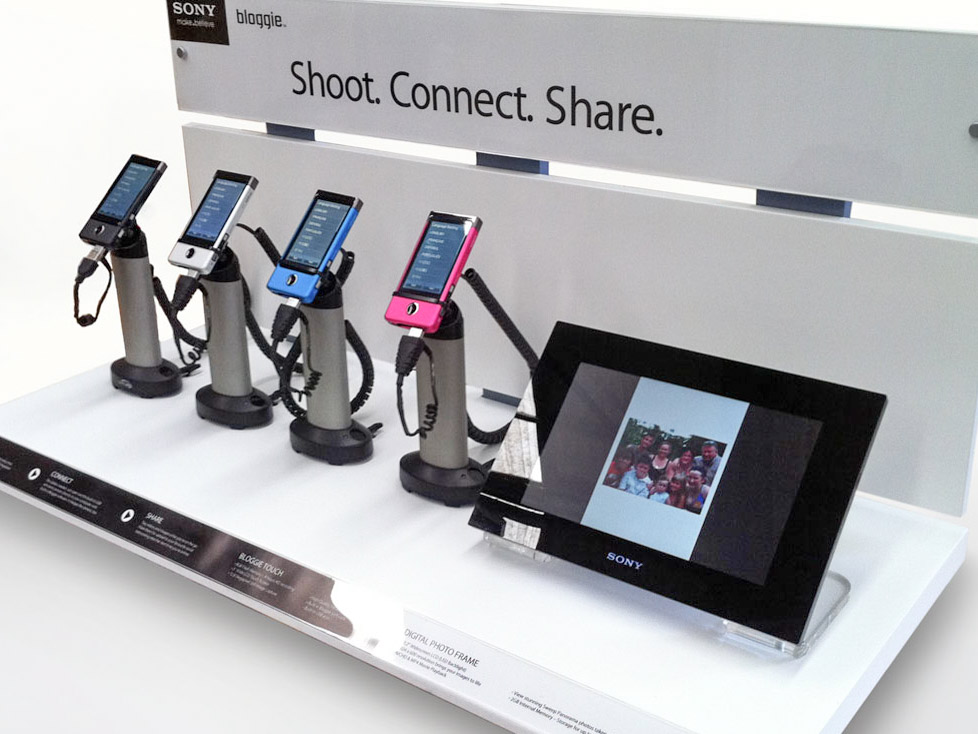
Product demonstration area
Ultimate Ears wanted to do something that was bigger and more impactful than their shelf POS units. So we helped designed an interactive demonstration area that was dedicated to their brand that helped UE secure massive off location floor space.
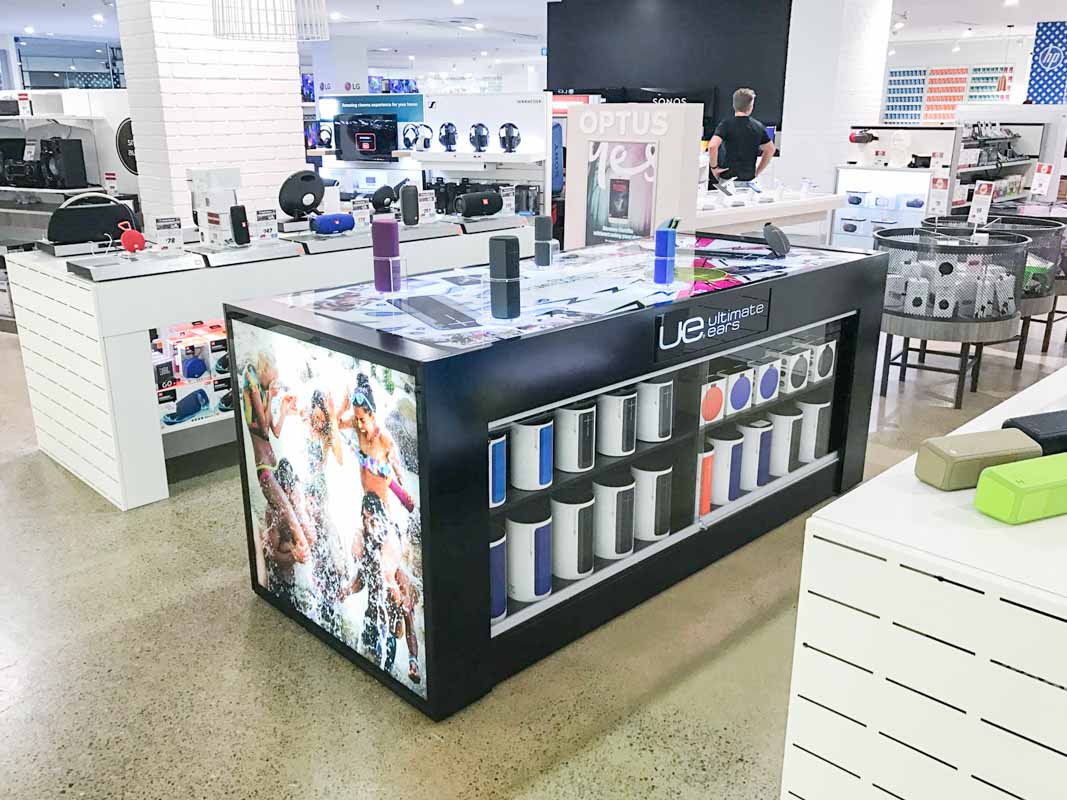
Pre Packed Shipper Units
We designed these pre packed cardboard shipper stands for Astro that saved them time, money and effort using merchandisers. The units were delivered to the stores and on display within minutes for high traffic off location aisle areas.
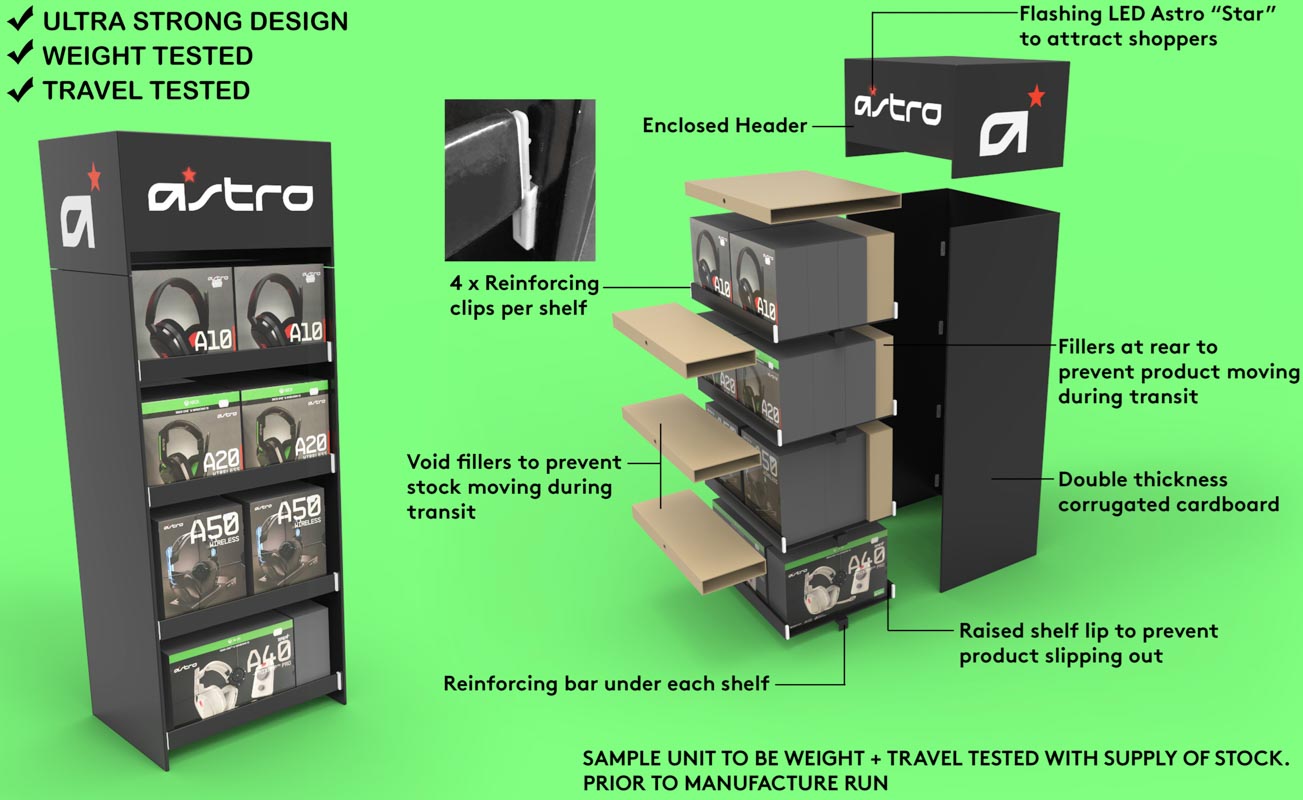
DO YOU REALLY SAVE MONEY ON CHEAP POS IDEAS?
- Up front savings lost in retail execution.
- Lack of visibility hides true costs.
- Lost sales & conversion opportunities.
Let’s work through a practical example of how selecting a cheap point of sale solutions for your headphone display can cost money in the medium to long term.
So we will assume there is a AUD$300 saving per point of sale display module.
Then let’s assume one of these scenarios play out;
- The Retractable pull cords are not long enough to put headphones on your head and a shopper can’t really use them.
- The cords are all tangled and too hard to pull apart.
- The products have been taken from the display because there was no security cables.
- Audio buttons that do not play music or the video display does not turn itself on in the morning.
The average price for high quality over ear headphones is between $200 & $300, let’s assume in just one location you sell 2 units per week. Then lets assume it is 4 weeks before the broken display unit is reported & then another few weeks before it is actually repaired.
What does it mean?
- LOST REVENUE – Potentially $600 per week in lost retail revenue or $180,000 per week if the same problem exists with a poor design installed in 300 stores.
- LOST MARKET SHARE – if competitors have working displays.
- ADDITIONAL COSTS – needed to remedy the broken displays and products, this could be budget that isn’t available or need to be taken from other activities.
- LOST TIME – for sales opportunities as a Quarter could pass before you return to 100% operational efficiency.
why are POS displays so important?
Point of sale displays (POS) or point of purchase (POP) displays are the best way to attract shoppers in busy retail outlets and ultimately encourage them to purchase your product.
POS can be used on-shelf in retail stores or ideally be free-standing like the examples above. On-shelf creative POS displays can make your product stand out among your competitors. POP free standing floor displays (FSDU’s) can in effect create new space for your product offer when the store displays are already full.
By trying to influence the “last 3 feet” of the path-to-purchase you can increase shopper traffic into people actually buying your product, especially compared to items sitting on a normal shelf planogram.
As demonstrated in this example, POS displays come in many forms from more simple application such as wobblers, posters and bunting to cardboard counter displays, free standing cardboard displays and pallet displays to semi-permanent displays and even permanent displays.
Taken to the next level Interactive POS displays allow your shopping customer to know what your product is like rather than asking them to guess what the product is like. Displays that allow shoppers to touch, feel and experience the product provide a much more immersive experience for shoppers and have been shown to double sales.
whAT ARE POS displays?
Where are point of sale displays located?
A point of sale display (POS display) is a specific form of sales and marketing material that is generally found near the cash register areas of a retail store or in other prominent locations like an end cap, aisle bay, promotional goods area or demonstration tables. So these point of sale displays have the aim of attracting a shoppers attention away from the standard shelf placement and planogrammed range of products to try and help mind share for that brand or product. Typically the brands that execute great point of sale displays will increase their sales.
What are point of purchase displays?
Point of purchase displays come in various forms and in many cases some people might consider them as the items next to a register but really the whole store is a ‘point of purchase’ when you think about it. So a point of purchase display can be anything from simple countertop shelf signage to things like free standing cardboard product display stands or even permanent interactive point of purchase displays that have video, lights and sound. Genesis Retail Displays are experts at solving product point of sale display scenarios to get products of all shapes and sizes on display in different parts of a store. We are a specialist in designing point of sale in Sydney that can be used in any retailer in Australia.
How much does a point of purchase display cost?
We love this question and the simple answer is something like ‘how long is a piece of string’. While this sounds silly the fact is that the cost of point of purchase displays can vary from $1,000 to $100,000 depending on the scale and complexity of what you are trying to achieve. If you are happy with mass produced, pre fabricated units then head to Officeworks and buy their standard product display stands. The challenge you will find is trying to align standard designs to your brand, product weight and colouring by trying to adapt off the shelf items.
If you want a point of purchase display that is effective then the only solution is to get custom designed displays that perfectly suit the size, weight and shape of your product, your corporate identity guidelines and your intended purpose. While the cost of doing this is higher, you get a higher quality and more impactful result.
What is the difference between point of sale and point of purchase?
A common misconception is that point of purchase refers only to the space within the store where the transfer of money for the goods occurs, such as the checkout. Although really, point of purchase can be broader than this and be considered the whole shopping environment. The actual checkout area is usually referred to as the “point of sale,” because it is at this point that the buyer has given over their money and completed the sale. The terms get used interchangeably, but think of point of sale as a more narrow way to look at point of purchase. By these definitions, point of purchase marketing can be understood as whatever marketing or merchandising materials your brand provides to its retailers in order to help sales of your product in the store, or whatever materials you include with your product to accompany it where it is displayed.
What is a point of sale promotion?
In most cases a point of sale promotion is referred to as either POS or POP and mean similar things. It is the idea of promoting your brand and product by creating materials that can allow your product to be placed in extra areas of a retail store environment. You can get your product placed in off location areas of a store that are in high traffic areas to create incremental sales opportunities for your product. Doing a point of sale promotion is the best way to increase sales by taking advantage of the existing retail store visitors who are already shopping.
What is POS example?
Genesis Retail Displays has lots of POS examples in our online photo gallery that have been created for different retail locations like grocery, pharmacy and electrical stores.
How does a POS work?
POS or POP displays work by drawing attention to a new product, seasonal promotion or special offer that is presented using different types of point of sale display designs like free standing display units, PDQ’s or even semi permanent end cap displays. By creating something different to the normal retail shelving space you immediately create a visually impactful area for your brand and product that has a greater chance of converting shoppers into buyers by drawing their attention.

